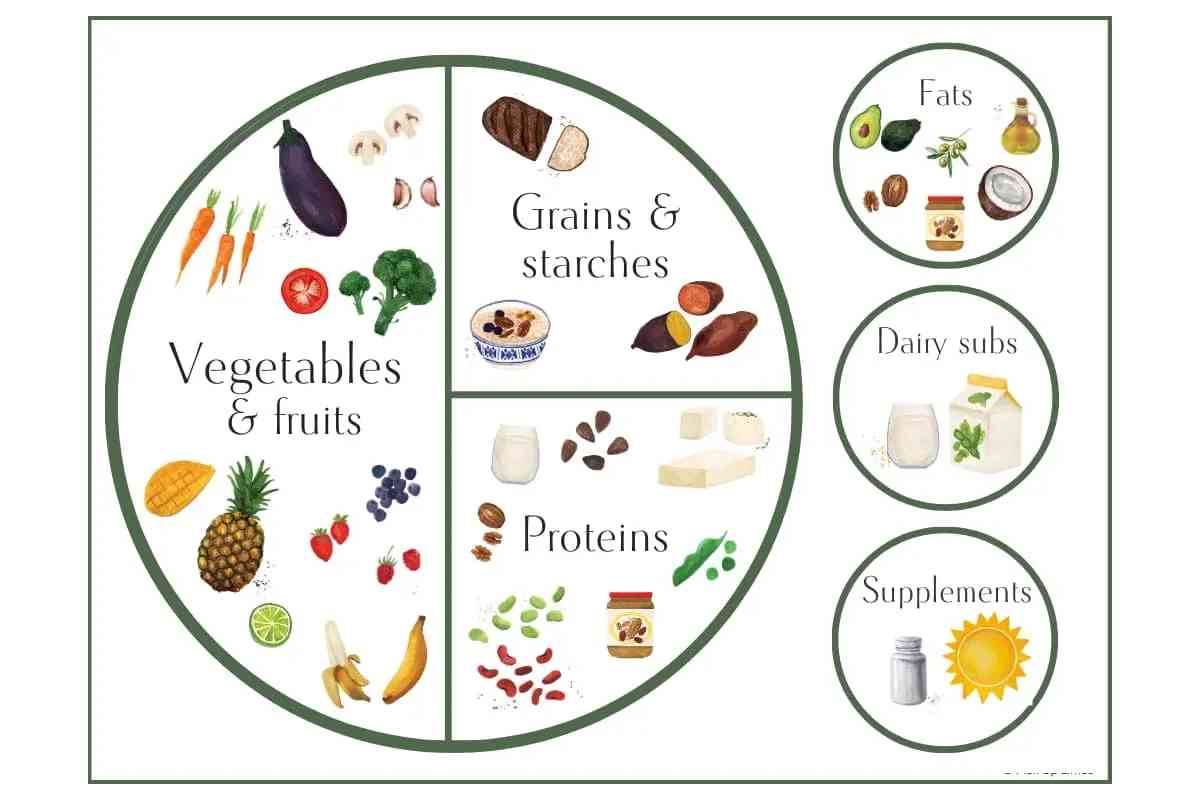Protein Plant-Based – There is no question that a sound eating routine ought to contain a great deal of protein. Getting the proper blend, which incorporates plant-based proteins, is the key. Albeit continuous protein sources incorporate creature food varieties like steak and poultry and veggie lover meats, they additionally have elevated degrees of immersed fats and salt, which are fundamentally less nutritious.
The head of cardiology at Kaiser Permanente’s Riverside and Moreno Valley Clinical Focuses in Southern California, Columbus Batiste, MD, is an interventional cardiologist. “We observe that creature proteins are normally bound to be related with chronic frailty results than plant-based proteins.”
The good news is that many entire, plant-based proteins are available that do not pose these health hazards and contain vitamins, minerals, and other nutrients like fiber and antioxidants. Here are three suggestions to consider if you’re considering including more plant-based protein in your diet, whether you’re investigating a vegetarian diet or want to eat better.
Table of Contents
Focus on Protein
Consider the big picture rather than just a single figure if you need extra protein in your diet or are seeking better protein options. We concentrate too much on protein or fat, which is the incorrect strategy. “We need to concentrate on food and ask, Is it generally healthy or not?” In other words, the source of your protein matters just as much as the quantity.
For instance, while sirloin steak and chicken thighs are high in protein, they are also high in saturated fat and salt when red or processed meats. In contrast, plant-based protein sources like beans and lentils contain almost no saturated fat or salt and are high in fiber, which is good for the heart. Therefore, it is more likely to keep you healthy and is what the Harvard School of Public Health refers to as a superior protein “package.”
By reading the food labels, make sure your nuts, beans, and other food products are low in components like salt, saturated fat, and added sugar.
How to get Protein Without the Meat?
There is emerging evidence that substituting animal proteins with more plant-based proteins will improve your health, proving that consuming protein doesn’t always imply eating meat. On the contrary, these primarily vegetarian dishes are heart-healthy and abundant in protein.
Protein Plant-Based: Pulses
Beats are a modest wellspring of protein, have a ton of fiber, and incorporate iron. A wide range of beans, peas, and lentils are vegetable relatives. An everyday serving figures in with your 5-a-day prerequisite and helps in bringing down cholesterol. Check the label when purchasing canned pulses to be sure they haven’t had salt or sugar added. Even if they be situated called for in the original recipe, they are simple additions to sauces, soups, and stews.
Soya Beans
In contrast to other pulses, Soya beans are a complete protein that is equivalent in quality to animal protein. They also include fiber and iron and are low in fat. Instead of meat, consume 25g of soy protein daily to help decrease cholesterol. It is equal to a cup of soy milk, a serving of tofu (80g), or a glass of soy milk.
Fruit Has Protein?
When considering protein sources, fruit might not be the first thing that springs to mind. But every little amount matters if you’re seeking more of the substance. So a friendly approach to increasing this vitamin in your diet is by eating certain fruits.
Protein Plant-Based: Guava
One of the fruits with the main protein content is guava. Every cup contains a massive 4.2 grammes of substance. This tropical fruit is also a good source of fiber and vitamin C. It may be cut into pieces or eaten whole like an apple. There is nothing to clean up because you can eat the peel and seeds.
Avocado
Make some guacamole or spread some of this lush fruit over toast. It has 3 grammes of protein per cup when cut into cubes or slices. You will get 4.6 from mashed. That is above average for a fruit. It is a wise complement to any meal because it stands also packed with fiber, potassium, and healthy fat. Did you also know that some individuals consume it sweet? Try serving it with honey poured over it and peach slices.
Apricot
It has 2.3 grammes of protein in a cup when cut into slices. Additionally, dried apricots make an excellent and speedy snack. You’ll receive 1.1 grammes of protein from a serving of 1/4 cup. Eat them on their own, as part of a trail mix, or in a salad.
Conclusion
The correct plant-based meals may frequently have fewer calories than animal products while still being good providers of protein and other nutrients. Some plant-based foods, such as quinoa and soybeans, are complete proteins because they contain all nine of the necessary amino acids that humans require. However, it is crucial to eat a varied diet because some people lack amino acids.

